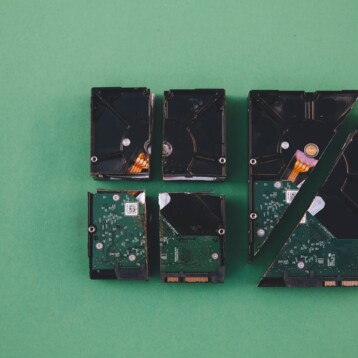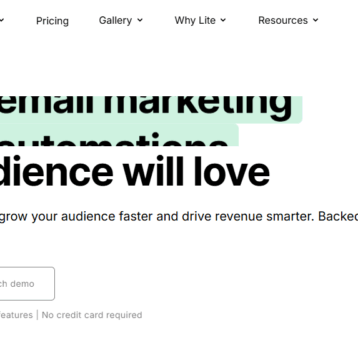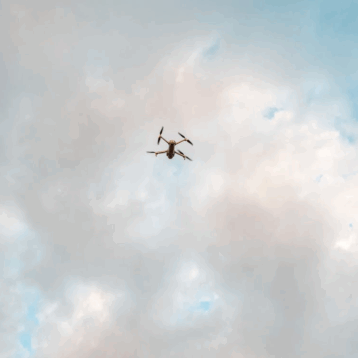The future of healthcare is taking a technology-oriented shape right in front of our eyes, and that’s great. Healthcare practitioners increasingly use digital tools, advanced technologies, and remote care technologies in medical practice thanks to embedded software development. They’re looking to leverage technology to serve patients better and offer better diagnosis, treatment, and specialized care. This article details the latest healthcare technology developments to understand the future of healthcare.
What is Healthcare Technology?
Healthcare technology, also called “health tech,” is a term used to describe technologies developed to support and improve the healthcare system. According to the World Health Organization, health tech is the “application of organized skills and knowledge mirroring devices, procedures, medicines, systems, and vaccines developed to solve health problems and improve lives.” Health tech includes devices, pharmaceuticals, procedures, systems used in the healthcare industry like pacs for radiology, and computer-based information systems.
7 Emerging Technologies Shaping the Future of Healthcare
The following are some emerging tech trends shaping the future of healthcare:
1. Medical tricorder
Healthcare professionals welcome the idea of gadgets and instant solutions to have one omnipotent device to diagnose and analyze all and every disease. While it initially seemed like sci-fi, a medical tricorder is now a reality thanks to the progress of healthcare technology. There are different examples of such developments, such as:
Some devices can measure heart rate, oxygen saturation, ECG, temperature, blood pressure and more. There are instruments which, in addition to measuring multiple vital health parameters, have a camera for telemedical services.
Other innovative medical hardware can measure many parameters like skin temperature, respiratory rate, sleep status, heart rate, body position, gait and more. These products might be a bit far from the tricorder, but healthcare technology is getting there.
2. Artificial Intelligence (AI)
AI in healthcare has been around for some time, but it continues to develop and is now advanced. Together with machine learning, AI is poised to revolutionize and redesign healthcare.
AI can be applied across various areas in healthcare, from diagnosis, AI-guided surgery and workflow analysis, to data recognition and decision support. Since AI can analyze vast amounts of medical data, such as patient records, medical images, and research papers, it can identify trends and correlations, support health decisions, and improve diagnosis and health outcomes.
One significant application of AI in healthcare is in medical imaging interpretation. Machine learning models can detect subtle abnormalities in medical images, such as X-rays and MRIs, assisting radiologists and other practitioners in making faster and more accurate diagnoses. In addition, AI-driven robotic systems are used in surgical procedures, enhancing precision and minimizing invasiveness.
3. Telemedicine / Telehealth and Remote Patient Monitoring (RPM)
Telemedicine has been around for some time, facilitated by advancements in telecommunications. But it has now emerged as a vital tool for expanding access to healthcare, especially in remote or underserved areas. The COVID-19 pandemic accelerated telemedicine evolution and increased virtual doctor visits. .
Through video consultations, patients can receive medical advice, diagnoses, and even prescriptions without needing in-person visits. This not only saves time and travel costs for patients but also reduces the burden on healthcare facilities.
Remote patient visits, or remote monitoring, is another facet of telemedicine. It enables healthcare providers to track patients’ vital signs, chronic conditions, and recovery progress from a distance. This is supported by wearable devices and sensors that transmit real-time data to healthcare professionals, supporting early detection and timely interventions.
4. 3-D Printing in Healthcare
3D printing technology, initially used for prototyping and manufacturing, has found an unusual but very important niche in healthcare. Medical 3D printing involves creating three-dimensional objects from digital models. Healthcare practitioners use 3-D printing to produce customized medical implants, prosthetics, anatomical models, and medications. It supports the creation of patient-specific implants and devices, improving treatment outcomes and reducing the risk of complications.
Additionally, surgeons can use 3D-printed models of a patient’s anatomy in complex surgeries to plan and practice procedures in advance. This enhances surgical precision, reduces operating times, and improves patient outcomes.
5. Wearables, sensors, and trackers
There’s been an increase in hand-held devices in healthcare; health trackers, wearables, and sensors that sync with mobile apps thanks to embedded software development. They can monitor temperature, sleep, movement, weight, heartbeat, cognitive capabilities, track workouts, and more.
Physicians and patients can benefit by having what was initially a large, static or cart-based system packaged into hand-held devices that can be worn anywhere at any time. An example is the hand-held ultrasound.
These new tech-fuelled devices make patients the point of care. With the capability to monitor one’s health parameters at home and share them remotely with their physician, these devices help people take control of their health.
In addition, hand-held systems are mostly portable and affordable to support patients’ health needs. They can make patient and disease tracking easy and support quicker diagnosis, including real-time monitoring, thanks to the Internet of Things. This makes them support telemedicine.
6. Genomics and Precision Medicine
The field of genomics, which involves analyzing an individual’s genetic makeup, holds the promise of personalized medicine tailored to a person’s unique genetic profile. Advances in DNA sequencing technology allow more accessible and affordable sequencing of an individual’s entire genome. This information can be used to predict disease susceptibility, select appropriate treatments, and develop targeted therapies.
Precision medicine leverages genomics data and other patient-specific information to optimize treatment plans. Instead of a universal approach to medication, healthcare providers can tailor interventions based on genetic factors, lifestyle, and environmental influences. This can lead to more effective and less invasive treatments.
7. Nanomedicine
Nanotechnology involves manipulating matter at the nanoscale (one billionth of a meter), which has significant implications for healthcare. Nanotechnology and nanomedicine are rapidly developing and are set to revolutionize medicine and improve healthcare.
Nanoparticles can be programmed to input medications directly to specific tissues/cells, increasing the treatment’s precision and effectiveness while minimizing side effects. This is particularly promising for cancer treatment, where targeted drug delivery can minimize damage to healthy cells.
Nanotechnology also holds the potential for early disease detection through highly sensitive nanosensors capable of detecting minute changes in biological markers. These sensors could enable rapid and cost-effective diagnostic tests for various conditions.
EndNote
We live in revolutionary technology, and we are happy they support healthcare. Continuing and emerging technology is reshaping the future of healthcare and pushing the boundaries of what’s possible in medicine. The innovations improve patient outcomes and transform the healthcare industry’s foundations. The ongoing collaboration between technology and healthcare can create a more efficient, accessible, and patient-centric healthcare ecosystem.










